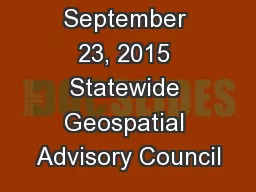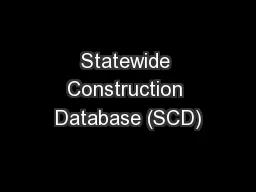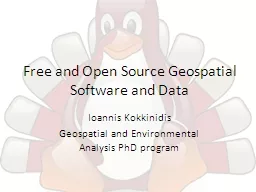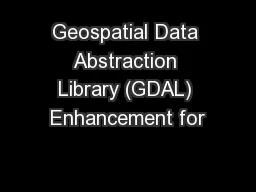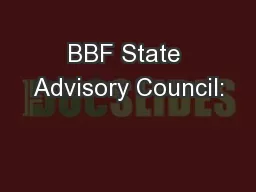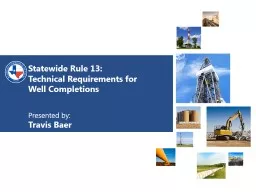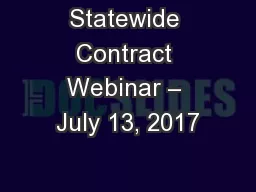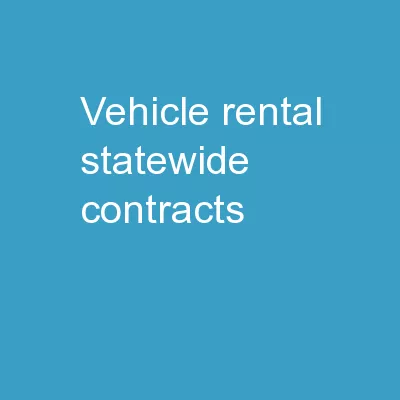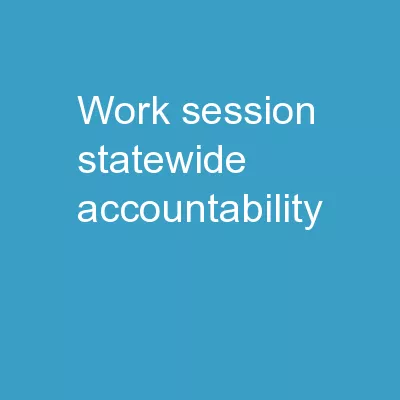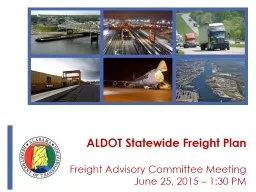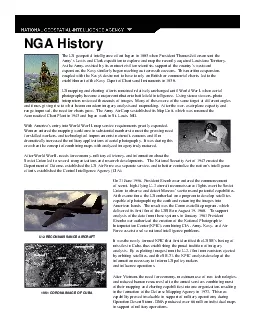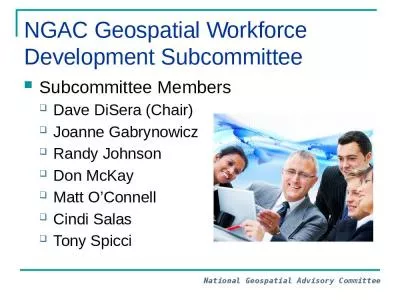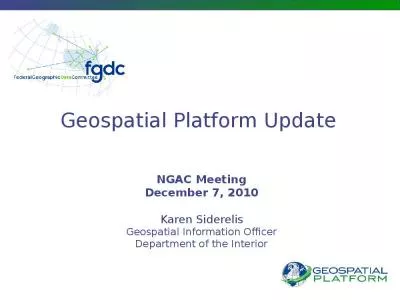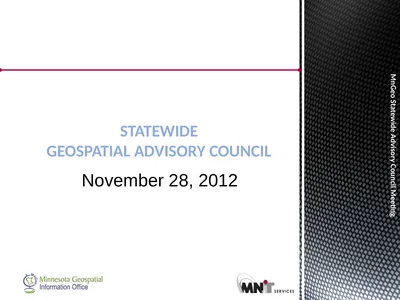PPT-September 23, 2015 Statewide Geospatial Advisory Council
Author : briana-ranney | Published Date : 2018-10-22
Call to order and introductions Approval of June 24 2015 meeting minutes New council leadership team Purpose of new leadership team Clarifying the mission and
Presentation Embed Code
Download Presentation
Download Presentation The PPT/PDF document "September 23, 2015 Statewide Geospatial ..." is the property of its rightful owner. Permission is granted to download and print the materials on this website for personal, non-commercial use only, and to display it on your personal computer provided you do not modify the materials and that you retain all copyright notices contained in the materials. By downloading content from our website, you accept the terms of this agreement.
September 23, 2015 Statewide Geospatial Advisory Council: Transcript
Download Rules Of Document
"September 23, 2015 Statewide Geospatial Advisory Council"The content belongs to its owner. You may download and print it for personal use, without modification, and keep all copyright notices. By downloading, you agree to these terms.
Related Documents

